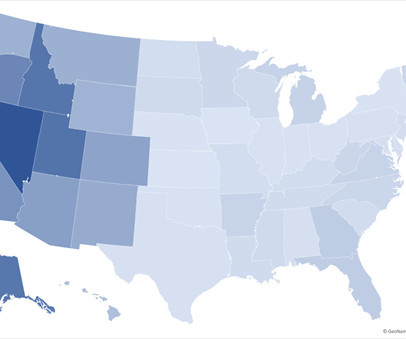Alaska Day: Birds and the Alaska National Interest Lands Conservation Act
10,000 Birds
OCTOBER 9, 2018
Alaska Day commemorates Alaska’s formal transfer from Russia to the United States in 1867. It is therefore appropriate for birders to pause and recognize significance of the Alaska National Interest Lands Conservation Act (ANILCA). Among these lands are some of the most productive avian breeding grounds in the United States.














Let's personalize your content